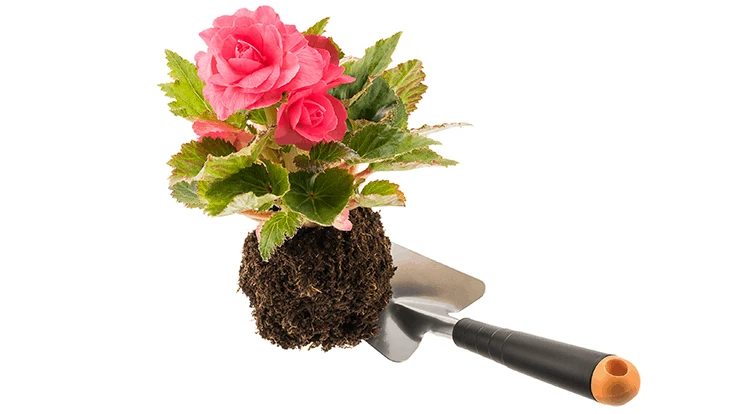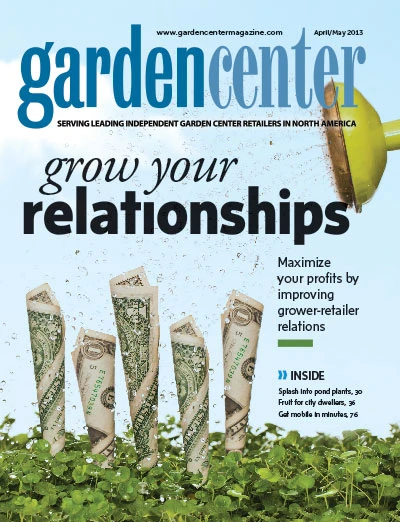
 Green industry firms who are performing well in today’s economic climate have been proactive in shaving costs out of their value chain (by adopting lean flow processes and/or adopting technology/mechanization) and they have been successful in differentiating themselves in the marketplace by effectively articulating their value proposition.
Green industry firms who are performing well in today’s economic climate have been proactive in shaving costs out of their value chain (by adopting lean flow processes and/or adopting technology/mechanization) and they have been successful in differentiating themselves in the marketplace by effectively articulating their value proposition.
Customers generally use five major attributes in making a decision about what products or services to buy and from whom to buy them, including quality, price, service, convenience and selection. Value represents the tradeoff between the benefits derived from this mix of attributes relative to the sacrifices (dollars) made in getting them.
Of course, this requires a firm to stay the course in terms of marketing efforts. As others make cutbacks during economically stressful conditions, an increase in marketing efforts can lead to increased customer “mindshare.” While it may seem counter-intuitive, firms normally spending 3 to 5 percent of gross sales on marketing in prosperous market conditions should consider increasing this to 5 to 8 percent during times like the industry is currently experiencing. As the saying goes, speak when others are quiet and even a whisper can be heard.
What matters most is the message that is being communicated through a firm’s marketing tools. If, through unified messaging, the industry can position itself in such a way that its products/services are considered necessities in people’s lives and not mere luxuries, it will be the best mitigation strategy it can employ. Post-recession consumers are willing to undergo greater search, acquisition and learning costs in making decisions regarding their purchases. In some cases, they will pay a premium for products and services that enhance their quality of life.
Quality of life message
This positioning strategy warrants further examination. The value proposition (or differentiation strategies) for all firms in the industry must focus on the unique ways in which quality of life is improved for its customer base.
Green industry products and services enhance quality of life through health/well-being enhancements, ecosystems services benefits (or environmental amenities) and economic paybacks.
For example, some of the economic benefits associated with flowers, flowering shrubs and trees are that they beautify and help draw customers to shopping districts, reduce shopper stress while they are there, enhance overall curb appeal for local businesses, boost apartment and commercial building occupancy rates, increase revenue from tourism, create local jobs (from various interiorscape and landscape design, installation, and maintenance activities), increase property values, and even reduce the costs of street repairs from the reduced temperatures resulting from shaded roadways and sidewalks.
While this list is quite exhaustive, it does not include the carbon that is sequestered, oxygen that is generated, wildlife that is attracted and biodiversity that is enhanced. Plants also help offset heat islands, reduce air, noise and glare pollution, mitigate soil erosion, decrease storm water runoff, minimize wind damage and reduce energy use. Many of these environmental amenities translate into substantial economic contributions to local economies.
Focus on health
While these economic and environmental benefits may not come as much a surprise, the plethora of health and well-being benefits might. Peer-reviewed research has documented that a person’s ability to concentrate in their work environment is enhanced by the presence of plants and flowers. Children learn faster and are less distracted in flower and plant-filled environs as well, and flowers have even been documented to reduce stress levels, hypertension, and ease the effects of attention deficit disorder.
 Plants enhance people’s social, physical, psychological, cognitive, spiritual and environmental well-being. Are you conveying that message? Plants enhance people’s social, physical, psychological, cognitive, spiritual and environmental well-being. Are you conveying that message? |
However, the full list of benefits provided by flowers, shrubs and trees is not common knowledge, let alone ingrained in modern day American culture.
Humans often have difficulty in even seeing flowers or plants in their own environment, much less connecting plants to tangible benefits – a phenomenon called plant blindness.
For most people, flowers and other plants are a part of the subconscious sector of mental life, perceived as the backdrop, not the main actors in the playing out of our everyday lives. Thus, all industry firms need to emphasize these types of messages in their marketing efforts.
Since previous efforts on the part of the industry to provide a united voice through a generic advertising campaign (e.g. Got Milk) has been met with a less than enthusiastic response, this may be the best alternative to propagate the quality of life value proposition.
A nationwide reach
Of course, one industry-wide effort that is already in place that has shown to be quite effective in conveying this message is America in Bloom (AIB). Now in its 10th year, the program has countered early naysayers by not only effectively conveying the industry’s message of beautification, but one of economic development, provision of environmental amenities and enhancement of health and well-being. More than 200 cities and several million citizens have been exposed to AIB’s message; undoubtedly benefitting the countless local businesses in those trade areas. One such business owner stated publicly at this year’s OFA Short Course that they had experienced an 8 percent increase in business during the period their city had participated in America in Bloom. While this alone is impressive, it is exciting to consider that as AIB continues to expand, even more benefits will likely result.
There is an old adage that says: “If you always do what you’ve always done, you’ll always get what you’ve always gotten.” This latest economic downturn has certainly caused us all to do some things differently. We’re doing more with fewer people and in some cases, fewer resources. But moving forward, even more aggressive marketing will be needed to ensure we are considered necessities in consumers’ lives and not luxuries. Now is the time to make strategic marketing investments both as individual firms and through industry-wide efforts.
Charlie Hall is Ellison Chair in International Floriculture at Texas A&M; c-hall@tamu.edu.

Explore the May 2013 Issue
Check out more from this issue and find your next story to read.
Latest from Greenhouse Management
- Happy holidays from the GIE Media Horticulture Group!
- North Carolina Nursery & Landscape Association announces new executive vice president
- Plant Development Services, Inc. unveils plant varieties debuting in 2025
- Promo kit available to celebrate first National Wave Day on May 3
- Applications now open for American Floral Endowment graduate scholarships
- Endless Summer Hydrangeas celebrates 20 years with community plantings
- Invest in silver
- Garden Center magazine announces dates for 2025 Garden Center Conference & Expo





